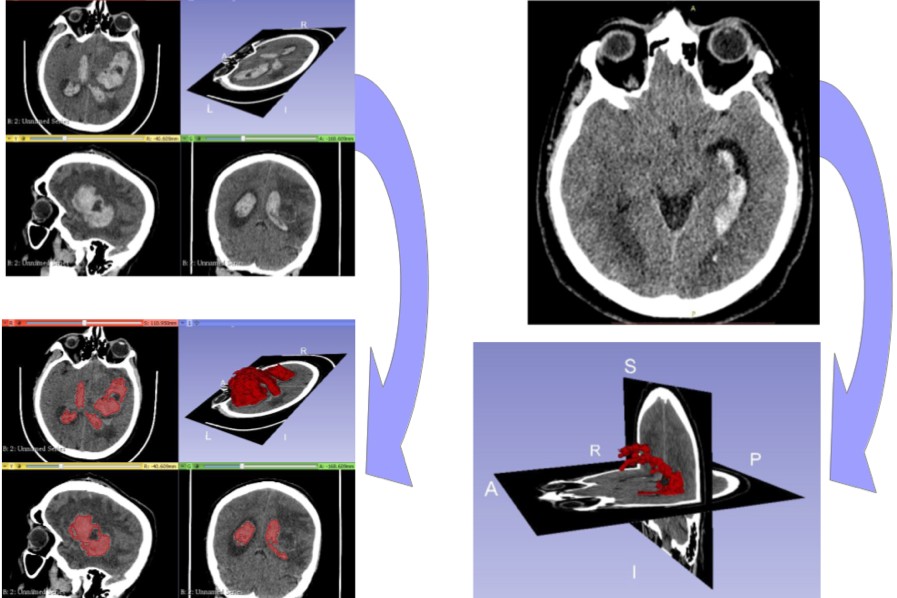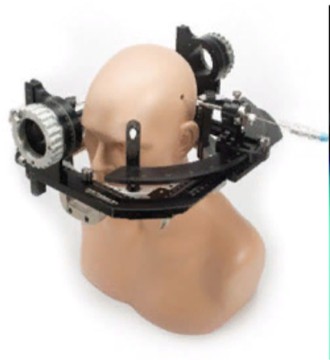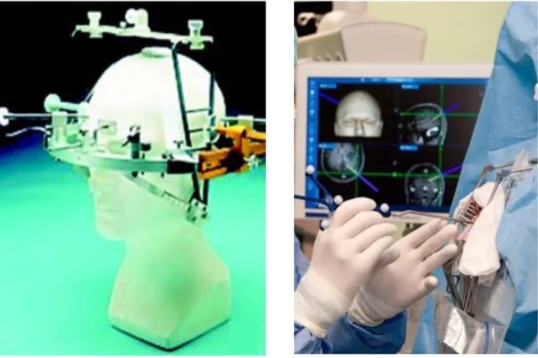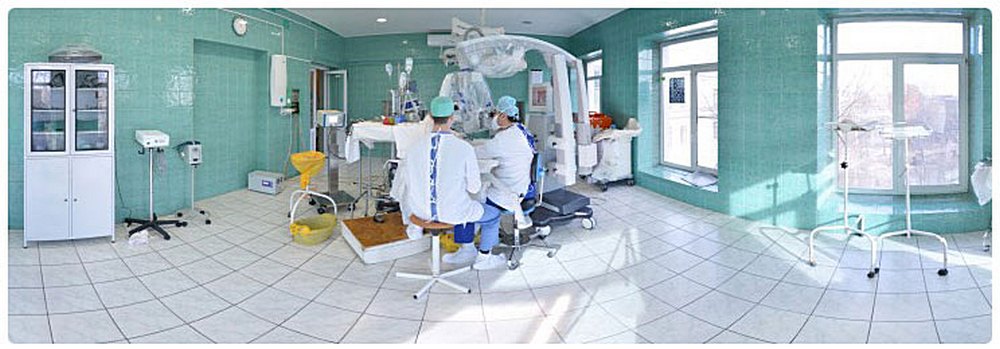Stereotactic and Functional Neurosurgery Group



 Konstantin Kukanov, MD, PhD
Konstantin Kukanov, MD, PhDResearcher, Neurosurgeon, Neurosurgery Department No. 4
Objectives
The Group focuses on planning, organizing and conducting research and clinical studies in neuro-oncology, mainly in patients with inoperable brain tumors in order to clarify the diagnosis and determine further treatment tactics for this category of patients.
Major research areas
- Studying the pathogenetic mechanisms of possible complications during stereotactic biopsy of brain tumors using various techniques and neuronavigation systems
- Developing and introducing into practice of methods to prevent and reduce the incidence of complications in stereotactic procedures
- Developing of new research areas in neuro-oncology, including with the use of advanced data processing methods (neural network algorithms, software)
Major research outcomes
- The risk of hemorrhage during stereotactic biopsy of brain tumors does not depend on the areas of the brain involved in the neoplastic process (ρ=0.28), sex and age of the patient.
- A direct correlation has been established between the degree of anaplasia of an astrocytic tumor and the severity of hemorrhage (ρ=0.95). The high rate of hemorrhages prevails in a lymphoproliferative process and glioblastomas.
- It has been established that the use of the Radionics CRW stereotactic system reduces the frequency and severity of hemorrhagic complications after stereotactic biopsy by half (p<0.05).
- Ways to reduce the risk of intracranial hemorrhage during stereotactic biopsy of brain tumors have been identified and put into practice:
- careful preoperative planning of the biopsy trajectory in the Surgi Plan® software,
- using the most informative neuroimaging techniques for “dangerous” structures (MRI, MRI-AG, fusion of MRI-CT angiography, etc.) for needle path planning,
- use of an advanced stereotactic system by a neurosurgeon who has additional knowledge and skills in working with this system,
- use of a modern biopsy cannula,
- reasonable use of preoperative preventive hemostatic therapy in patients with suspected severe degree of tumor anaplasia.
Clinical highlights
Since 2019, the Group has performed more than 60 stereotactic surgical procedures. The histological diagnosis was verified in all patients and further treatment tactics were determined, 74% of patients were prospectively followed up. No hemorrhagic complications (bleeding) were noted.
Participation in State Assignments
Researcher of the Group Konstantin Kukanov is a contributor to the project “Development of new technologies for neurorehabilitation of patients after surgical treatment of central nervous system tumors” (supervised by Prof. Ivanova, 2021—2023).

